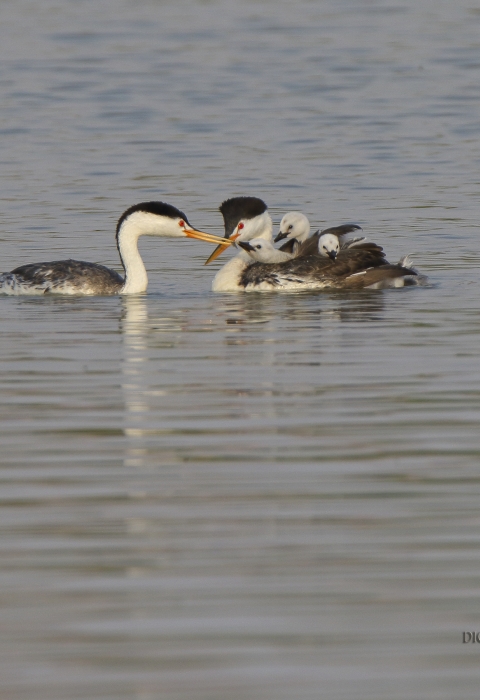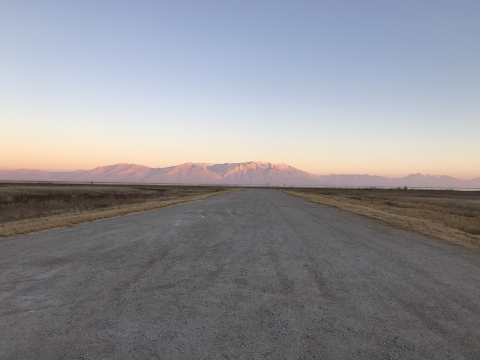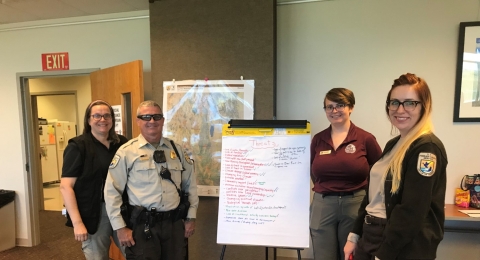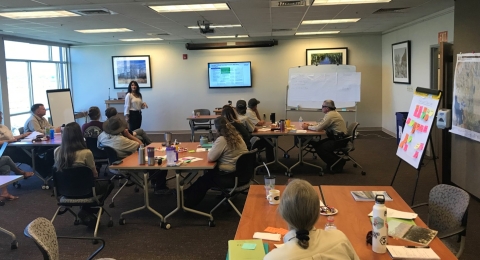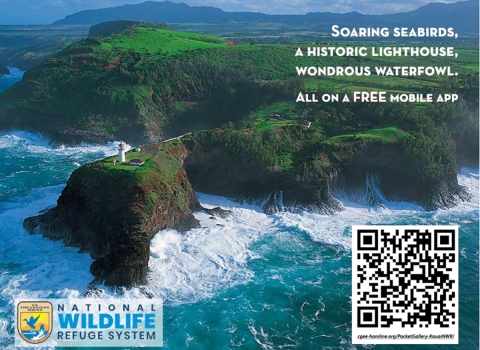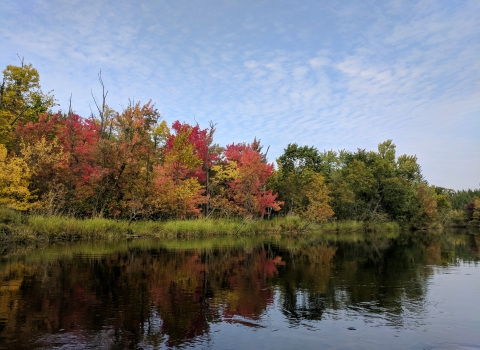The United States Fish and Wildlife Service (Service) mission is “working with others to conserve, protect, and enhance fish, wildlife, plants, and their habitats for the continuing benefit of the American people." To accomplish that mission, the Service strives to thoughtfully seek input from the public regarding the future of public lands and the wildlife and people who visit and depend on them.
The Bear River Migratory Bird Refuge (Refuge) and the Bear River Watershed Conservation Area (BRWCA) began a planning process in January 2022 to develop a 15-year Comprehensive Conservation Plan (CCP) for both areas. The CCP will provide an outline of long-term visions and goals for the Refuge and BRWCA, it will guide future management, and it will result in actions to benefit wildlife, habitat, and public use, where applicable.
The CCP process is one that relies on the consideration of public input from stakeholders. To gather this input, the Refuge staff held a series of listening sessions, both at the Refuge and the Eccles Wildlife Center in Farmington, Utah. Additional focus groups made up of various people and interests were gathered to provide input on the strengths, weaknesses, opportunities, and threats to the Refuge and BRWCA. After the sessions and focus groups, the Notice of Intent to complete a CCP was published, and the public had further opportunity to submit comments. For a more in-depth look at the scoping process or to review all public comments received, please visit this link.
Using all input heard, Refuge staff were able to develop a draft of the vision and goals for both areas, to be included in the Draft CCP. Updates on the release of the Draft CCP for public review and comment will be announced on the Refuge Facebook page and website. Also addressed in the Draft CCP, will be existing conditions for and threats to the natural resources, cultural resources, and visitor and community engagement. Described are the habitats, current visitor facilities, cultural resources, and an overview of the environmental conditions.
CCP documents are intended to lay out overarching goals. The CCP will not dive into strategies or specific actions; that will come later in more detailed step-down plans. Many comments received during the public comment sessions contained ideas to improve public use opportunities. Suggestions included ways to improve waterfowl hunting, adding new trails for wildlife observation, and creating new driving routes through the Refuge. While this CCP does not address new public use opportunities, these comments will be considered when the Refuge begins to work on the Visitor Services step-down plan, which will outline new proposed public uses. The public will have the opportunity to be a part of that process.
Thank you to everyone who participated in and commented on our effort to create a Draft CCP!
Erin Holmes, Project Leader
